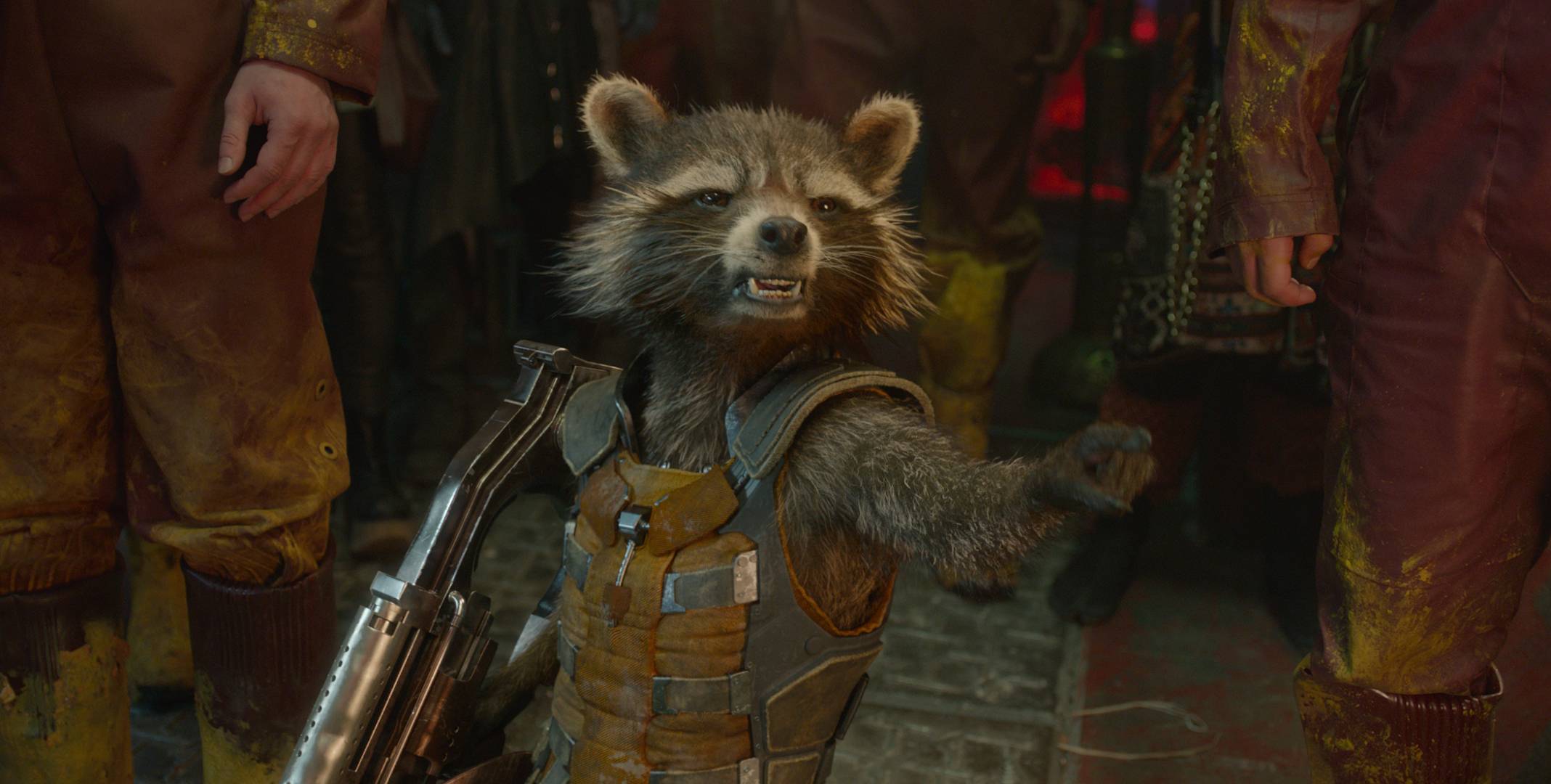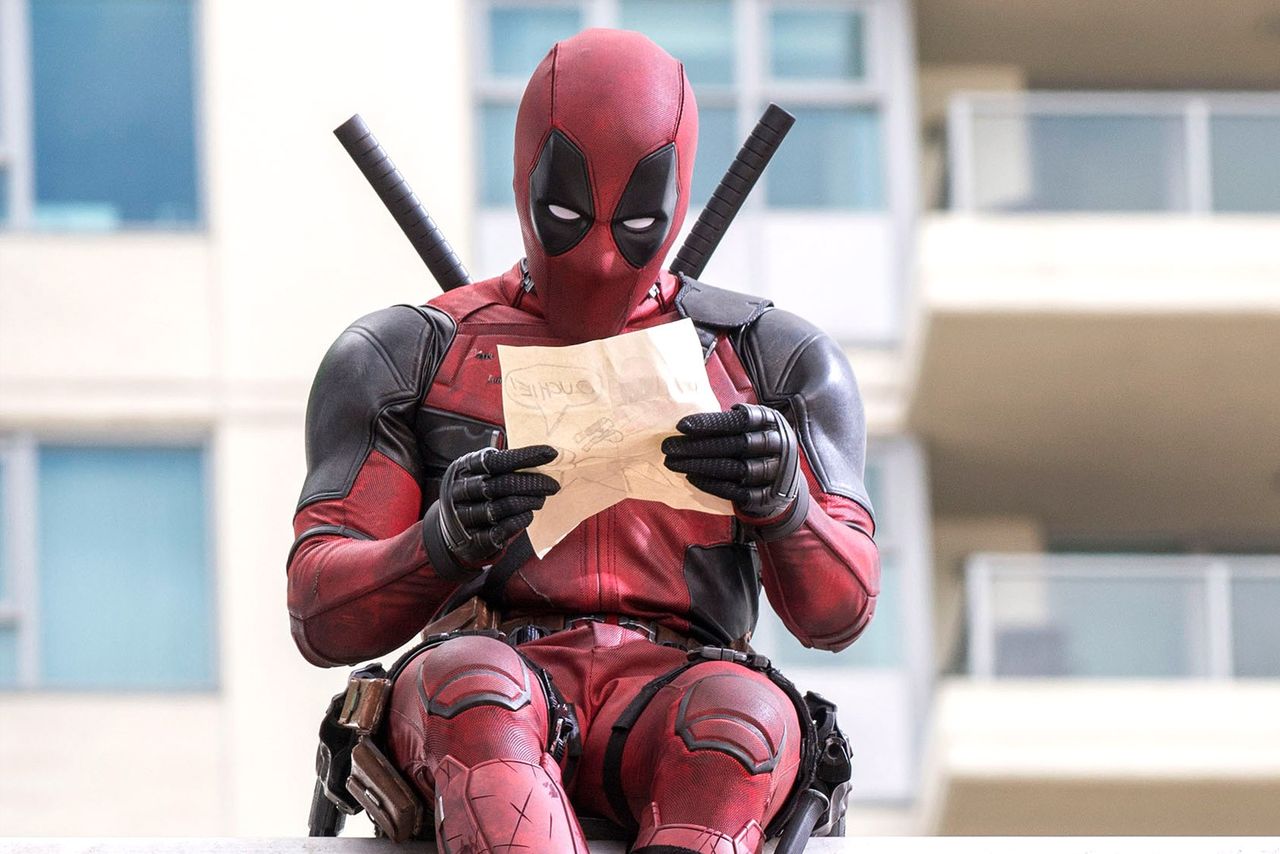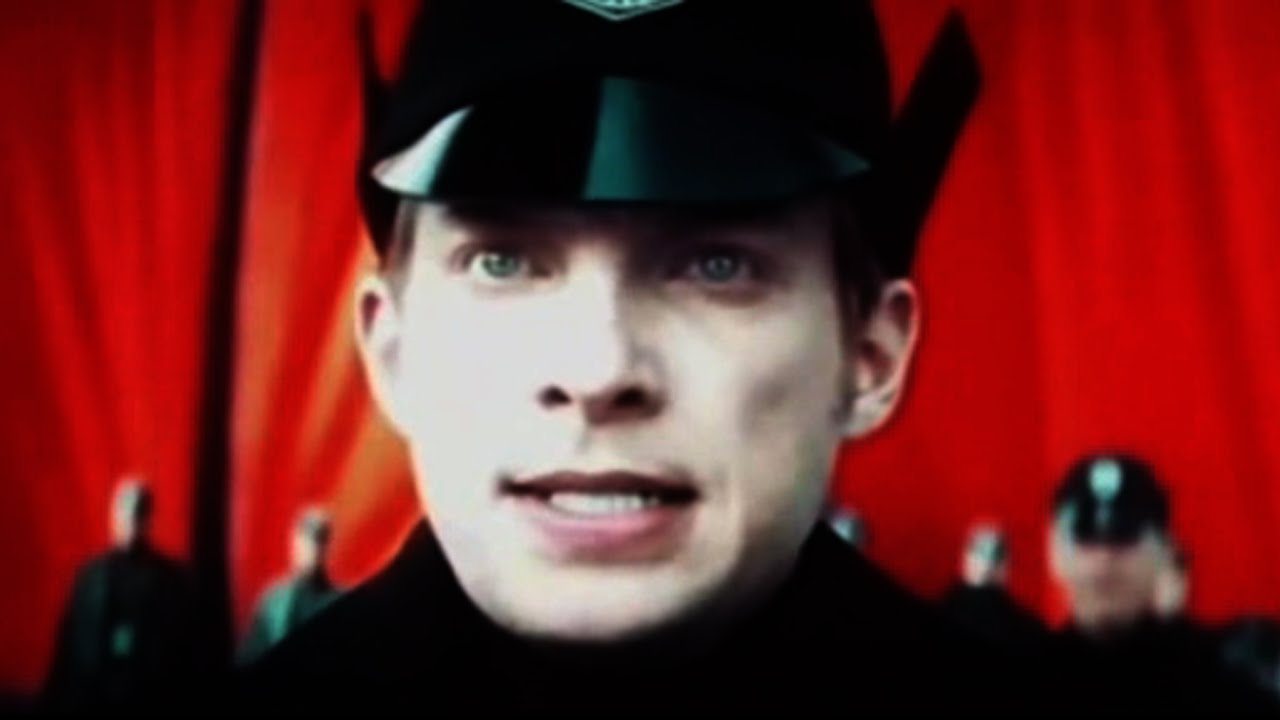Star Wars stands out as perhaps the most popular franchise in the history of science fiction and fantasy. George Lucas' original trilogy did what even Stanley Kubrick's 2001 failed to accomplish: it made Hollywood executives look to speculative fiction as a genre worthy of investment and promotion.
One can easily date the origin of Hollywood's current reliance on the genre for the profitability of the industry itself to the original film. With the rebirth of the franchise at the hands of director J.J. Abrams the cycle has come full circle. Abrams’ The Force Awakens is a direct homage to the original film, boasting an almost identical narrative structure keeping with the saga's “rhyming” tendency.
This leaves out a crucial middle period that most fans, critics, and general audiences wish to forget, namely the infamous prequel trilogy. The Phantom Menace, shares the narrative structure of A New Hope and The Force Awakens with one crucial difference: whereas the original and the new film paint a vague political picture of rebels fighting a sinister empire of darkness, Phantom portrays a complex political situation in which the easy distinctions of good and evil break down into ambiguity, culminating in a parable of tragedy and loss in the trilogy's final installment.
The decision to eschew this political morass in favor of the mythic vagueness of the original film was no accident. The prequels were failures for many reasons: wooden acting, clunky writing, cartoonish C.G. backdrops. But if one mentions Phantom Menace to an audience it is inevitable that someone will mention “boring discussions of trade routes and senatorial procedures.”
The hyper-political nature of the prequel trilogy has been latched onto by many as the source of its shallow characters – as if political drama cannot exist alongside complex and compelling characters. Lucas himself planned three trilogies structured by overarching themes: the prequels were to be the political trilogy, the middle a Joseph Campbell-style hero's journey, and the current one a story of religious enlightenment (apparently this is one aspect of Lucas' original plan that has been appropriated by Disney).
Nonetheless, it seems that the pendulum has swung too far out of the orbit of politics in Abrams’ treatment. Even the original trilogy discussed the nature of the Rebellion, the complexities of the imperial hierarchy, the dissolution of the Senate, and the implications of the destruction of Alderaan. One could be forgiven for coming out of the Force Awakens without understanding exactly what the “First Order” was besides “the bad guys,” or for being ignorant as to the relationship between it and the two other political entities, the New Republic and the Resistance.
The Galactic Senate
This was by design. Abrams is notorious for projects with vague politics as evidenced by his Star Trek reboot. He famously decried the boring, philosophical nature of the Star Trek franchise, a sure indicator that his sense of what makes good science fiction is less cerebral and more spectacle. Further, Disney wished to steer clear of the forceful political allegory that the more independent Lucas enacted with the prequels.
Lucas noted that he intended the original trilogy to contain allegorical traces of the struggle against the Vietnam War (see Mumia Abu-Jamal). More explicitly he couched the final two episodes of the prequel trilogy as a direct challenge to the Bush II Administration's power grab in the days after 9/11, though he related this critique to a broader critique of “democracy.” Lucas felt that democracies inevitably undergo cyclical downturns which can result in dictatorship and empire, as he discussed in an interview at Cannes, “You sort of see these recurring themes where a democracy turns itself into a dictatorship, and it always seems to happen kind of in the same way, with the same kinds of issues, and threats from the outside, needing more control," said Lucas.”
Of course, for such a critique to work the art itself has to be soundly constructed, and one cannot deny that the prequel trilogy in particular is an abysmal failure in that regard. Nonetheless, for millions of viewers none of that matters, and the imagery of endless war leading to an end to democracy was particularly resonate during the Bush years. Indeed, the political allegory was one of the only elements of the prequel films that worked in any discernable way.
Some critics and fans were disappointed when the subtle and compelling political intrigue of the novels (set after the original trilogy) were discarded from the canon by Disney's Lucasfilm story group. The thin politics of The Force Awakens would seem to confirm their worst fears: all that was politically substantial melted into the thin air of culture industry profits. Without the independence of billionaire George Lucas, Star Wars has joined the legion of nearly incoherent Hollywood science fiction blockbusters.
But on closer look, this ignores the new realities pioneered by Legendary Pictures with their Dark Knight trilogy and Disney's own Marvel films. Today a significant player in Hollywood’s quest for profits are the militant minorities known as fandoms – boasting a disproportionate influence on filmmaking relative to their lack of resources and non-institutional structure.
Social media, podcasts, conventions, and more constitute a third force mediating between the corporate boardroom and mass audiences. Acting as a cultural vanguard, these fandoms can hype a film or kill it, as exemplified by Sony's disastrous Fantastic Four – contrasted with the enormous success of the unconventional and experimental Deadpool.
The winning formula seems to be safer tent pole projects like The Avengers – which nonetheless sports superior writing and acting talent – followed by more experimental and politically nuanced productions like Guardians of the Galaxy or Jessica Jones.
Granting a degree of creative independence to the artists that produce these spectacles has gone a long way in reviving these nostalgia properties, from Batman to Godzilla to Star Wars. It's no secret that the incredible success of Deadpool, the highest ranking R-rated film of all time, is due in no small part to the freedom granted to Ryan Reynolds.
Star Wars has been relaunched with far more media tie-ins than any previous production. A whole new wave of graphic novels and young adult novels paints a backdrop to The Force Awakens that is far more artistically satisfying and insightful than the thin politics of the film itself.
In this new continuity, we discover that the seemingly straightforward victory achieved by the Rebels at the end of the original trilogy was only the first shot in an incredible paroxysm of violent rebellion across the galaxy. Riots, strikes, insurrections, and the transformation of the Rebellion into the New Republic followed the events of Return of the Jedi.
The story goes like this: after an exhausting military effort, the New Republic signed a treaty with the imperial remnant. There were, after all, many billions of beings who remained loyal to the regime. The bifurcation of the galaxy was achieved with a mutual disarmament of the two factions, alongside the imposition of a crippling reparations regime imposed on the imperials (a direct reference to the Versailles Treaty's indemnities imposed on Weimar Germany).
Resentful of this new status quo, factions on both sides peeled off from their respective establishments to chart a course of renewed struggle. Princess Leia shed her diplomatic role to lead a militarized insurgency against the imperial remnant, refusing to give up on those who remained trapped under imperial rule.
Known as the Resistance, this force operated like a revamped version of the old Rebellion with little support from the New Republic, which was founded on the principle that a centralized galactic regime would inevitably lead to a new Empire. Led by Mon Mothma (the motherly elder politician of Return of the Jedi), the New Republic took its founding principle from the prequel trilogy which saw the Old Republic transform into the Galactic Empire under the pressure of an endless war.
Within the imperial remnant, a new force emerged from the leading elements of the imperial navy, who felt that they had been betrayed by the leadership's abdication. This military force joined with adherents of the dark side, who felt that the true key to imperial success was its relationship with this mystical power, a relationship severed at the conclusion of the original trilogy with the death of the Emperor and the shocking betrayal of Darth Vader.
This youthful force of fanatics devoted themselves to the philosophy of the Empire in a direct way. While the old Empire was run by opportunists and elite aristocrats, the revamped regime of the First Order was led by a fascist-esque movement that took imperial ideology far more seriously than it had been taken before. Gathering their forces in the Unknown Regions (or Wild Space), they seized power over the imperial remnant and launched a renewed galactic war in the third act of Abrams’ film.
The protagonists of this new saga have obviously resonated with contemporary audiences, though it is important to note that a not-insignificant faction of the traditional fandom reacted with extreme derision when the film’s leads were announced. This derision emerged from the familiar resentments of a mostly white, hetero-male portion of the fandom for whom Star Wars can only ever represent their sense of self and fantasy. This is the nasty comments section politics of the so-called Men’s Rights Activists (MRAs) that we have come to be so familiar with. In fact, some feminist commentators saw this conflict inscribed in the film itself, identifying the The Force Awakens’ dark side antagonist with the sensibility of these MRAs.
Though the politics are obscured by the film, it is clear what is represented by a stormtrooper refusenik who sheds his white mask to reveal his black skin underneath. Joined by a young woman (Rey) of incredible talent who nonetheless slaves away in poverty and obscurity, the twin protagonists stand against a privileged son (Kylo Ren) who rejected the world his rebel family fought for, seeking instead a world that would finally recognize him for all of the greatness that had been overshadowed by his parents and uncle.
Rey and Kylo resonate with the two poles that have emerged from the global breakdown of political consensus. As our world is rocked by recurrent and severe crises, the stability of the political center has been torn apart into competing left and right poles. The film references this with the left pole signaled by a young woman and a black man (and a Latinx character who may or may not be queer identified) on the one side, while the forces of the other side includes the aforementioned Kylo and the likes of the Hitler-wannabe General Hux, whose speech in the film recalls the aesthetic of Nazism (or more precisely, that of the fascist demagogue in Pink Floyd's The Wall).
This symbolic act achieved by The Force Awakens nonetheless suffers from its rejection of what was for many the only redeemable aspect of the prequels, namely its open engagement with politics. The choice to relegate this dimension to other mediums of storytelling is a signal that Disney isn't comfortable with a direct exploration of these themes even as it exploits their resonance with millions of people.
In good self-referential fashion the film engages audiences who are battling not only with the legacy of the nostalgic past (concerning both the original films and an imagined political past), but also with an uncertain future. Rey and Kylo represent two broad directions that ordinary people face today: on the one hand, those who wish to embrace a future world of peace and justice free of political oppression; on the other, those who wish for “the old days” when the privileged could openly engage in violence to get their way.
This progressive-utopia-of-the-future versus a reactionary-utopia-or-dystopia-of-the-past will likely become more explicit as the trilogy moves the narrative forward. The Force Awakens will undoubtedly bring us symbolic resolutions for real world social problems in later installments, but for now it's important for us to see the ways in which emergent revolutionary struggles have been inscribed into the culture industry itself. What makes this inscription so important to understand is the reception this film has elicited from masses of working people who find so much meaning in this particular space opera.
"The Ansible" is a blog featuring reflections on science fiction, politics, and philosophy by Red Wedge writer Jase Short.








